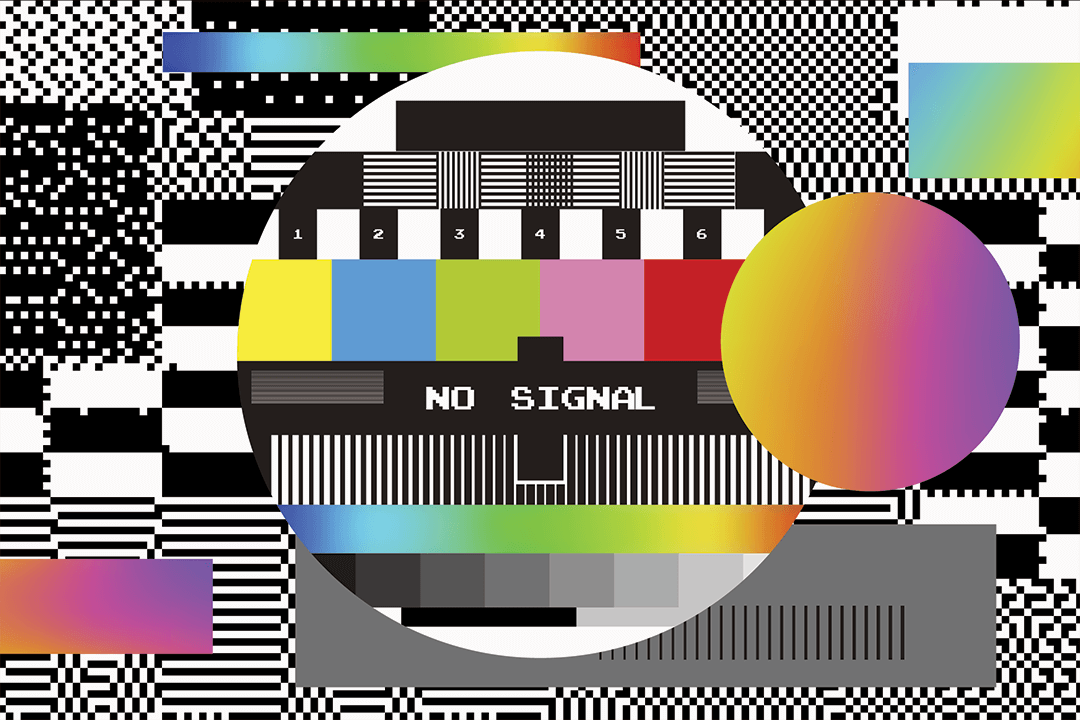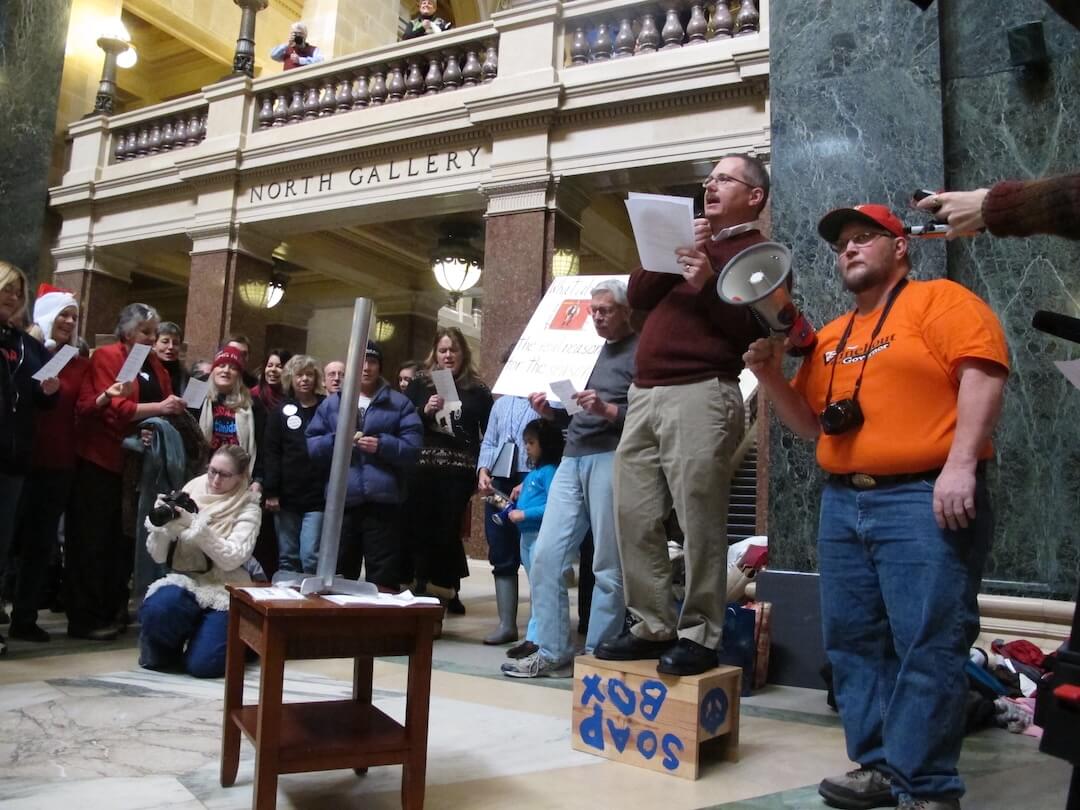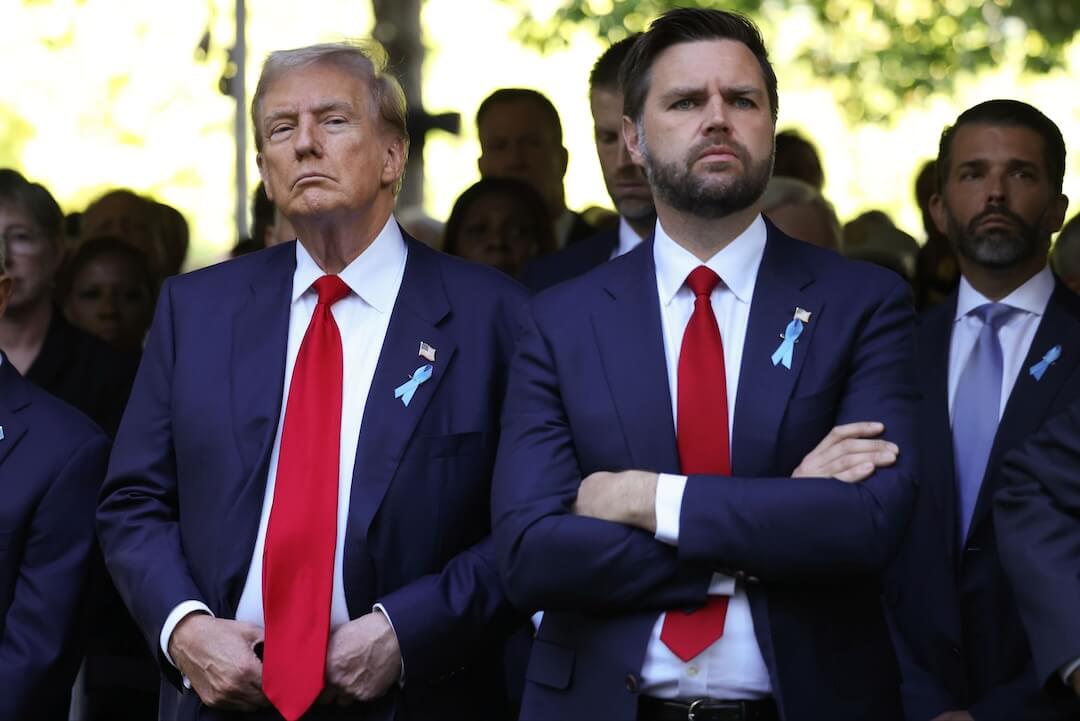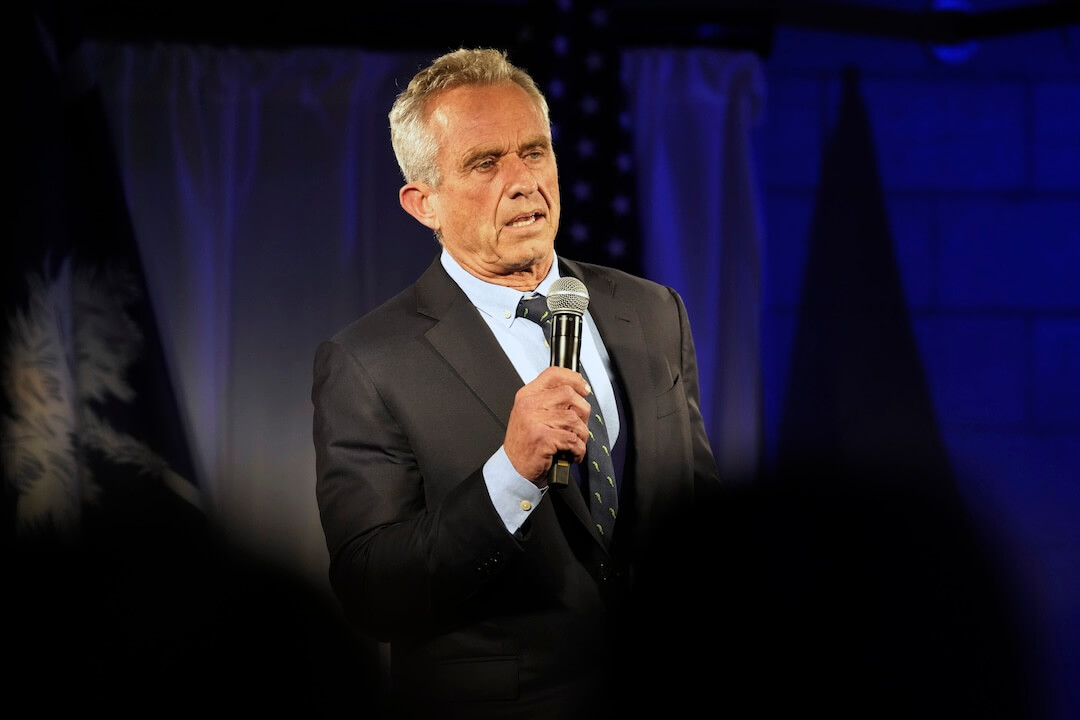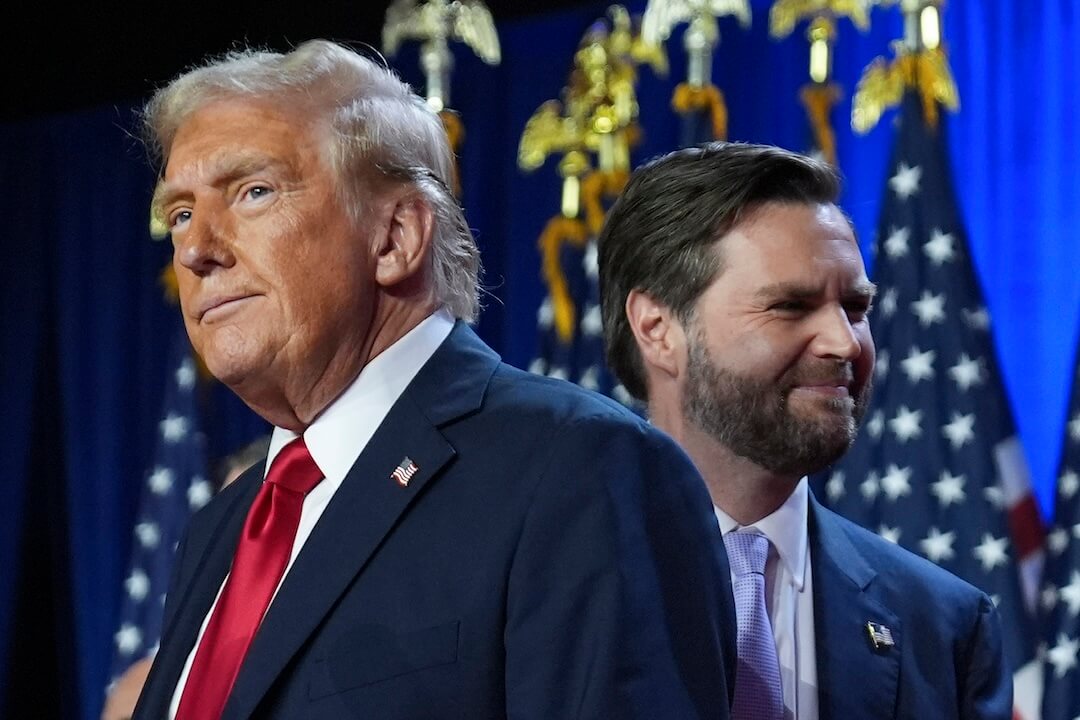It seems like Facebook and Twitter have decided to assume the position they’ve been avoiding for so long. Less than a month from Election Day, both companies finally became arbiters of the truth on the internet. Naive are those who believe this isn’t dangerous.
Yesterday, a controversial article published by the New York Post went viral on social media for allegedly connecting Democratic candidate Joe Biden to Ukrainian energy company Burisma and their business interests. Faced with the increasing number of interactions with this URL and worried about the potential for misinformation, the two big tech platforms decided to take steps to reduce its distribution. Both decisions, however, are controversial and questionable.
A Facebook spokesperson tweeted at 11 a.m. that the company would reduce the distribution of the newspaper’s content even before a fact-checker had assessed whether the New York Post’s story was false.
Since 2016, several fact-checking organizations have worked with Facebook to reduce the volume of falsehoods circulating on the platform. (Disclosure: Facebook requires these organizations to be verified signatories of the International Fact-Checking Network’s Code of Principles)
When these “third-party fact-checkers” identify misleading content, they publish detailed articles and submit them to Facebook. The platform then connects the fact-check with the original post and alerts those who produced the flagged content along with those who may have shared it. As part of the same program, Facebook says it also reduces the distribution of “false” posts by up to 80% – lowering the likelihood of other people seeing and sharing it on its NewsFeed.
All this effort is fundamentally supported by the five principles established by the IFCN. Professional fact-checkers should be transparent about their methodology, their sources and their organization’s financing. They should also have a public corrections policy and practice non-partisanship.
Yesterday, when Facebook publicly acknowledged that it also reduces the distribution of potential disinformation using other methods, the company surprised not only its users, but also the IFCN community.
What methodology do Facebook employees use in those situations? How do they identify what needs to be less distributed? What sources do they rely on to decide that something may be false? And… in those decisions, are the employees really nonpartisan?
While the fact-checking community was still digesting Facebook’s position and Baybars Orsek, the IFCN’s director, was still publicly asking the company for further explanation, another disturbing development unfolded.
Users reported that Twitter wasn’t allowing them to share the URL to the New York Post’s article. A message prohibiting that action was popping up here and there.
“Your Tweet couldn’t be sent because this link has been identified by Twitter or our partners as being potentially harmful,” said the alert.
Angie Holan, editor-in-chief of PolitiFact, questioned it on her social media channels: “Who are these partners they (Twitter) speak of? Has Twitter partnered with fact-checkers without telling anyone? It would be news to me.”
And Orsek added: “It’s apparently more appealing to be ‘arbitrators of truth’ when the elections are around the corner and everyone has a stronger confidence level for the outcomes.”
In trying to explain their decisions, both companies’ responses left the public with more questions than answers. Facebook said it had always had this policy against doubtful content and that it was just applying it once more. The fact-checking community, however, wasn’t aware of it until today – which is a bit strange, considering they work together to tackle misinformation.
Twitter, on the other hand, told Motherboard it doesn’t allow hacked content to spread on its feed. But some fact-checkers laughed at this assertion recalling previous episodes involving Wikileaks and the National Security Agency.
It is important to remember that when assessing the veracity of content, fact-checkers follow pre-established methodologies and rely on public databases and original sources whenever possible. They tend to work for hours and hours, so as not to be unfair or biased.
Transparency is essential to the fact-checking community and to the cause of reducing mis and disinformation. The decision to reduce or prevent the distribution of the New York Post’s article based on some mysterious, non-transparent criteria and an unknown methodology is a serious mistake. It is a step that brings these companies closer to the slippery slope of censorship.
Read the Spanish version of this article at Univision.



